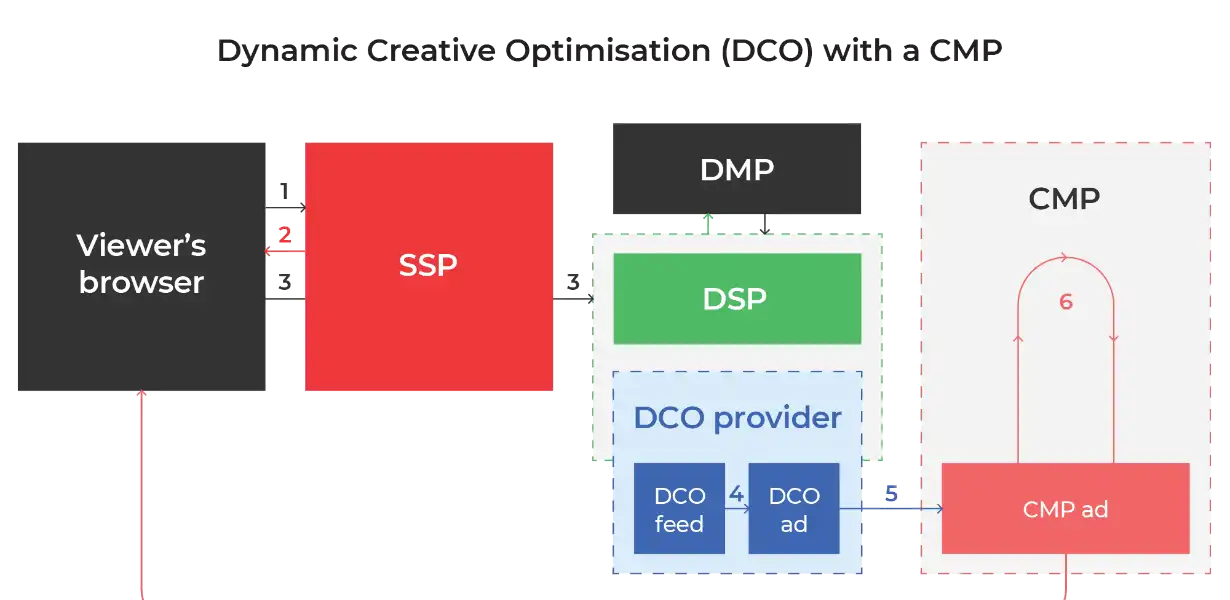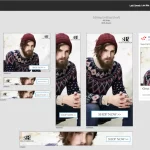
From Concept to Conversion: A Deep Dive into DCO Tools for Enhanced Ad Performance
- Post
- August 9, 2023
- Ad Serving Tech, DCO Tools, Dynamic Creative Optimization
- 0 Comments
Digital advertising has evolved by leaps and bounds over the years, with Dynamic Creative Optimization (DCO) emerging as a game-changing concept that holds the key to significantly enhancing ad performance. In this comprehensive exploration, we delve into the intricacies of DCO tools, deciphering how they pave the way from conceptualization to conversion. Harnessing the power of data-driven personalization, DCO tools empower advertisers to create tailored ad experiences that resonate with their audiences on a profound level.
Understanding DCO Tools: A Primer
At the heart of DCO lies the ability to dynamically modify ad elements such as images, headlines, and calls to action based on real-time data and user behaviors. DCO tools effectively marry creativity and data, allowing advertisers to serve ads that seamlessly adapt to the preferences and needs of individual users. This technological marvel transforms static ads into dynamic, engaging experiences, driving higher user engagement and, ultimately, conversions.
Key Points:
DCO tools dynamically modify ad elements based on real-time data.
Creativity and data converge to create personalized ad experiences.
Dynamic ads lead to increased user engagement and conversions.
The Inner Workings of DCO Tools
To comprehend the magic behind DCO tools, it’s imperative to grasp their inner workings. These tools rely on a sophisticated blend of data analysis, artificial intelligence, and machine learning algorithms. By analyzing user behavior, demographics, and contextual factors, DCO tools determine the most effective combination of ad components for each user, delivering a message that resonates deeply.
Key Points:
DCO tools use data analysis, AI, and machine learning to optimize ads.
User behavior and demographics drive personalized ad component selection.
Effective combination of ad elements enhances message resonance.
DCO Tools in Action: Personalization Redefined
Imagine a user browsing an e-commerce website for running shoes. With DCO tools, the user might encounter an ad that showcases the exact model, color, and size they were just viewing. This level of personalization goes beyond mere demographics, addressing specific interests and preferences. Consequently, users are more likely to engage with these hyper-relevant ads, leading to improved click-through rates and conversions.
Key Points:
DCO tools offer hyper-relevant ads based on user interests.
Personalized ads boost user engagement, click-through rates, and conversions.
Specific interests and preferences drive ad personalization.
Enhancing Ad Relevance Across Channels
DCO tools extend their reach beyond traditional display ads, adapting to various advertising channels such as social media, email marketing, and even mobile apps. The ability to maintain consistent messaging across platforms while tailoring ad components to suit the unique context of each channel significantly amplifies the impact of advertising efforts.
Key Points:
DCO tools adapt to multiple advertising channels for consistent messaging.
Ad components are tailored to suit the context of each platform.
Multi-channel presence amplifies the effectiveness of ad campaigns.
Measuring Success: Analyzing DCO Performance
Tracking and measuring the success of DCO campaigns is essential to refining and optimizing future efforts. Key performance indicators (KPIs) such as engagement rates, click-through rates, conversion rates, and return on ad spend (ROAS) provide insights into the effectiveness of DCO tools. By continually analyzing these metrics, advertisers can fine-tune their strategies to achieve even more remarkable results.
Key Points:
KPIs like engagement rates, click-through rates, and conversion rates measure DCO success.
Continuous analysis of metrics enables strategy refinement.
Data-driven optimization leads to remarkable campaign results.
Final Words
In the ever-evolving landscape of digital advertising, DCO tools emerge as a beacon of innovation and effectiveness. By fusing data-driven personalization with creative ingenuity, these tools usher in a new era of ad performance. As advertisers navigate the intricacies of the digital realm, harnessing the power of DCO tools will undoubtedly be a transformative step towards achieving unprecedented levels of engagement, conversions, and overall success.
Commonly Asked Questions
Q1. How do DCO tools differ from traditional ad personalization methods?
DCO tools go beyond traditional personalization by dynamically adapting ad elements based on real-time data and user behavior. This creates a level of relevance and engagement that static ads struggle to achieve.
Q2. Are DCO tools suitable for all types of businesses?
Yes, DCO tools can benefit businesses across various industries. Any business seeking to deliver tailored and relevant ad experiences to their audience can leverage DCO tools for improved performance.
Q3. How does DCO contribute to higher conversion rates?
DCO tools optimize ad components to resonate with individual users, increasing the likelihood of clicks and conversions. When users see content that directly aligns with their interests, they are more likely to take action.
Q4. What role does machine learning play in DCO?
Machine learning algorithms analyze vast amounts of data to determine the most effective ad combinations for different users. This leads to more precise targeting and higher engagement rates.
Q5. How can I get started with implementing DCO in my advertising campaigns?
To get started with DCO, collaborate with an ad platform or provider that offers DCO capabilities. Ensure your data tracking and collection mechanisms are robust to support personalized ad delivery.




